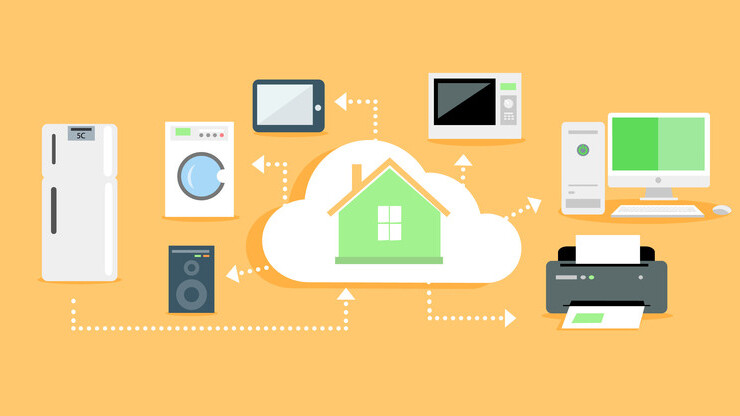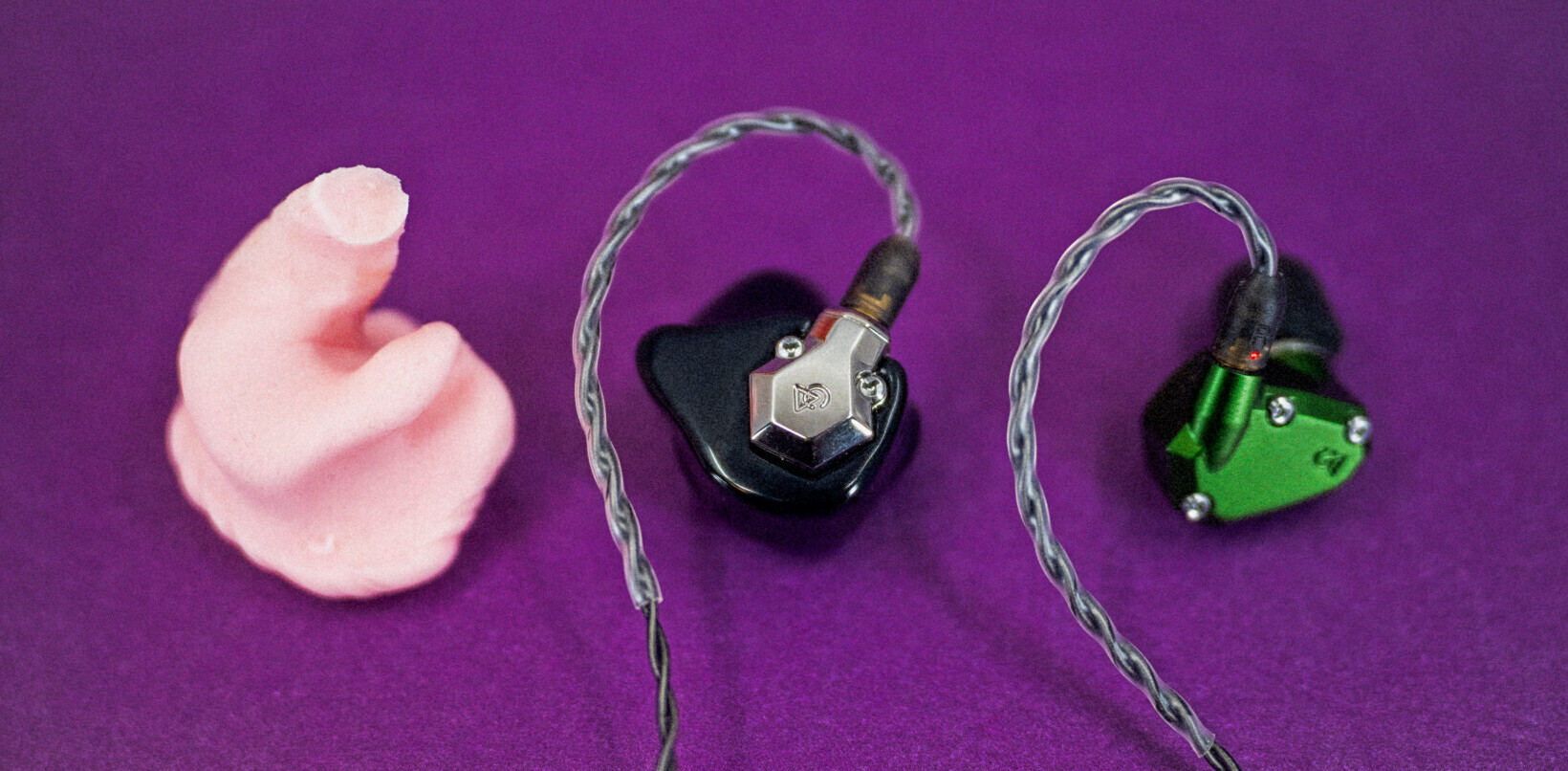
The fast growing Internet of Things (IoT) phenomenon has already changed our lives in unimaginable ways, and offers many promising ideas in the future. Things that are accomplished with connected devices these days were inconceivable a few years back.
But as with every technology, there’s a dark side to IoT, and as hot new gadgets make our homes smarter, they’re also making them more vulnerable to new forms of cyber-attacks and malicious activities.
With so many vulnerable IoT gadgets at large, there are many reasons for you to worry about your smart-home’s security. And with IoT devices multiplying at a chaotic pace, you’ll soon be hard-pressed to control and the dozens of connected gadgets adorning your home.
In response to the growing number of IoT devices in homes and the potential attack vectors they introduce, tech firms are offering new smart solutions that make up for the shortcomings of individual devices by creating a shell around your home’s IoT ecosystem and controlling the interactions with and between your gadgets in a centralized way.
Here are some of the titles that are promising to provide all-in-one solutions for security problems in smart homes.
F-Secure SENSE
Finnish security company F-Secure is offering a new approach to home security with its new SENSE gadget.

The SENSE app can be installed on smartphones, tablets and computers, and allows you to block any incoming our outgoing traffic that seems suspicious, giving you centralized remote control over individual devices in your network.
Aside from setting a secure perimeter around your home, SENSE also scrutinizes your network’s inner activities and protects your devices from things that are inside your network. “The reason why we have this feature,” says Mika Stahlberg, director of product management at F-Secure, “is that while your smart toaster might not be critical to your security and privacy, its vulnerabilities can be used as a bridgehead to take over other devices in your home.”
One of the strengths of the SENSE gadget is its combination with F-Secure’s Secure Cloud, a vast repository of known viruses and threats that helps the device decide about suspicious activity it detects.
According to Mika Majapuro, Director of Product Management at F-Secure, Secure Cloud “uses advanced technologies such as behavioral analysis and machine learning to detect, categorize, and block new threats.” Secure Cloud is constantly being updated with new threat and product information, always keeping SENSE gadgets up to date with the latest threat information.

F-Secure has empowered SENSE with 512MB RAM, 1GB of flash storage and a 1GHz dual-core processor, enough horsepower to be equipped with more enhanced security software in the future.
F-Secure has over 25 years of history in security software and services. Its new SENSE product will ship in mid-2016 with a$199 price tag, which includes a one year subscription to the cloud service.
Luma smart Wi-Fi router
Tech startup Luma recently unveiled its new product, a namesake Wi-Fi home router that focuses on speed, safety and security. The device contains numerous interesting features, including mesh networking technology to improve speed and coverage across your home by adding additional Luma devices without making extra configurations.
When it comes to security, the creators of Luma maintain that their hot new gadget will bring enterprise-level security to your home, which has become vulnerable to cyber-attacks with the advent of IoT technology.
Luma uses virus and intrusion detection to monitor incoming and outgoing internet traffic for suspicious activity and malware-like behavior, and quarantine infected devices.

Luma’s other role is to “actively examine every device on your network for default passwords, misconfigurations or other problems that would lead to a security issue,” Judge said. Default passwords have become a favorite entry point for hackers, and this is a recurring threat with IoT devices, since consumers tend to set them up with default settings and forget about them once they go online.
Luma can be easily set up and deployed and is fully controlled through a mobile app that gives you a clear view of what devices are connected to your network and how they’re performing. Through the app, you are notified every time a new person or device wants to enter your network, and you can instantly disconnect or block access to intruders or devices that are suspicious.
Luma will begin shipping in 2016 and can be purchased at $199 ($499 for a set of three).
Dojo
Tech-firm Dojo-Labs has recently launched its own specimen of home security device. The Israeli startup maintains that its eponymous gadget is capable of spotting and blocking suspicious activity by connected devices in home networks. This includes attempts by hackers to infiltrate your devices remotely, or attempts by your devices to exfiltrate your data to somewhere they shouldn’t.
The idea behind Dojo is to offer highly sophisticated security features in an intuitive and user friendly manner. “We really want to give our customers peace of mind without needing to be a security expert,” says Yossi Atias, the company’s co-founder and CEO.

Dojo works by being plugged-in to your Wi-Fi router by an Ethernet cable and acting as your home network’s gatekeeper, monitoring all incoming and outgoing traffic and performing its perusal and analysis function. It also profiles all your network devices upon connection and sends device activity metadata back to its cloud server for further examination by a software platform that get smarter by sifting through huge loads of data it receives on a daily basis. Whenever it finds abnormal behavior, Dojo reports to you through the app and prompts for action.
One of the most eccentric features of Dojo is its glowing-rock gadget. The device, which can rest on the network monitoring box or be moved around the house to stay in line-of-sight, offers an alternative visual notification system other than the app and the notifications it sends to users. The pebble will inform you of your network’s level of safety by either glowing green, orange or red.
Dojo will ship in March 2016 at $199, which includes a one year service subscription. Pre-orders cost $99 and monthly $10 subscription for the cloud service.
CUJO
CUJO is another tech-startup that offers a secure box of the same name. The company was founded earlier this year and, taking advantage of the rising concern over IoT security issues, the founders of have managed to raised handsome amounts of crowdfunding money for their tech project.
CUJO is a cloud-powered security device that works in the same fashion as F-Secure SENSE and Dojo. The device, which looks like a coffee mug, auto-activates itself after being plugged in to one of the empty jacks on your router and needs no further setup.

CUJO relies on its cloud server to adapt and learn about new threats. It also pushes new analysis data on the cloud for further examination and discovery of new malicious activity patterns. To alleviate worries of consumers who are concerned about their data being sent and stored in clandestine locations, the creators of CUJO have said that all data stored on the cloud is encrypted, making it unavailable to hackers even if the server is breached.
As is the case with its peers, CUJO is managed through an easy-to-use mobile app which displays an overview of devices connected to your home network and offers a feed of alerts and updates on the status of your devices.
CUJO will be shipped in March 2016 and can be purchased at $49 (the cost will eventually rise to $109 in the future) plus a $9 subscription fee (or $89 for a complete year).
Final thoughts
With the fast expansion of IoT, smart homes need smart security solutions. With IoT devices slated to outnumber humans very soon, we need to ensure that we have the right tools to protect ourselves against the abundant threats that surround us.
The new breed of IoT security devices promise to make 2016 the year of smart security and offer promising features. Hopefully, we can expect to see more smart administration gadgets entering the IoT industry in the coming months.
Read next: The Internet of Things that constantly break
Image source: Shutterstock
Get the TNW newsletter
Get the most important tech news in your inbox each week.





